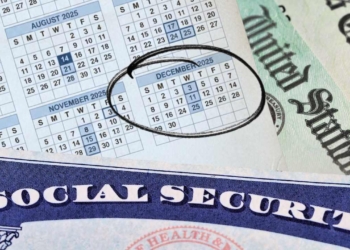California households and small businesses are receiving direct financial relief on their utility bills, thanks to the California Climate Credit. This tax benefit, which is presented as an automatic discount, is the most tangible and democratic face of the state’s ambitious climate policy. It is not a conventional government subsidy, but the direct result of making big polluters pay.
Under the Cap-and-Trade program, the state sets a decreasing limit on total greenhouse gas emissions. Companies buy and trade permits to emit within that limit. A significant portion of the billions of dollars raised in these auctions is returned directly to the public as tax credits.
The philosophy is this: those who bear the costs of the energy transition should share in its economic benefits. It’s a refund, not a handout.
The California Climate Tax Credit: Who’s Eligible
Approximately 80% of the income is divided equally among all residential customers of the same company, regardless of whether their consumption is high or low. This ensures that lower-income families, who typically allocate a higher percentage of their income to basic services, receive proportionally more significant support.
The credit is automatically applied without paperwork to April and October electricity bills, and to April natural gas bills.
Nearly all residential customers of large utilities like PG&E, Southern California Edison, and San Diego Gas & Electric qualify, including those with solar panels. Small businesses, schools, and nonprofit organizations also receive the credit on their electric bills. The main exception is customers of municipal utilities like SMUD or LADWP, which manage their own climate programs.
The Tax Credit Amounts: Residential Amounts
Amounts vary per utility and are disbursed in an equitable way.
| Electricity Credits (per residential account) | April 2025 | October 2025 | Annual Total |
|---|---|---|---|
| PG&E | $58.23 | $58.23 | $116.46 |
| SCE | $56.00 | $56.00 | $112.00 |
| SDG&E | $81.38 | $81.38 | $162.76 |
| Bear Valley | $34.91 | $34.91 | $69.82 |
| Liberty | $80.25 | $63.71 | $143.96 |
| Pacific Power | $259.36 | $259.36 | $518.72 |
| Natural Gas Credits (per residential account, only in April) | 2025 Amount |
|---|---|
| PG&E | $67.03 |
| SDG&E | $54.21 |
| Southwest Gas | $73.68 |
| SoCalGas | $86.60 |
For small businesses, the electricity credits are similar to those for residential businesses, but applied only to the electric bill. If you have a joint account (electricity and gas), you will receive both credits separately.
The Climate Tax Credit: Application and Requirements
The Climate Tax Credit is applied directly to your bill, reducing the balance due. If the credit exceeds your balance, it’s carried over to the next billing period, or you can request a refund check (at the utility’s discretion; mandatory for NEM customers after 12 months upon request).
For PG&E: Applies in April and October for residential/small business electricity, and in April for residential gas. Appears in sections such as “California Climate Credit Account Summary.” If you don’t see the credit, check your next billing cycle or contact your utility. The program does not affect base rates or energy efficiency incentives.
Since 2014, households have received hundreds of dollars in loans, with annual fluctuations based on auction prices. For more details or updates, visit the CPUC’s official website (cpuc.ca.gov/climatecredit) or contact your utility provider. This report is based on official data as of October 14, 2025.







